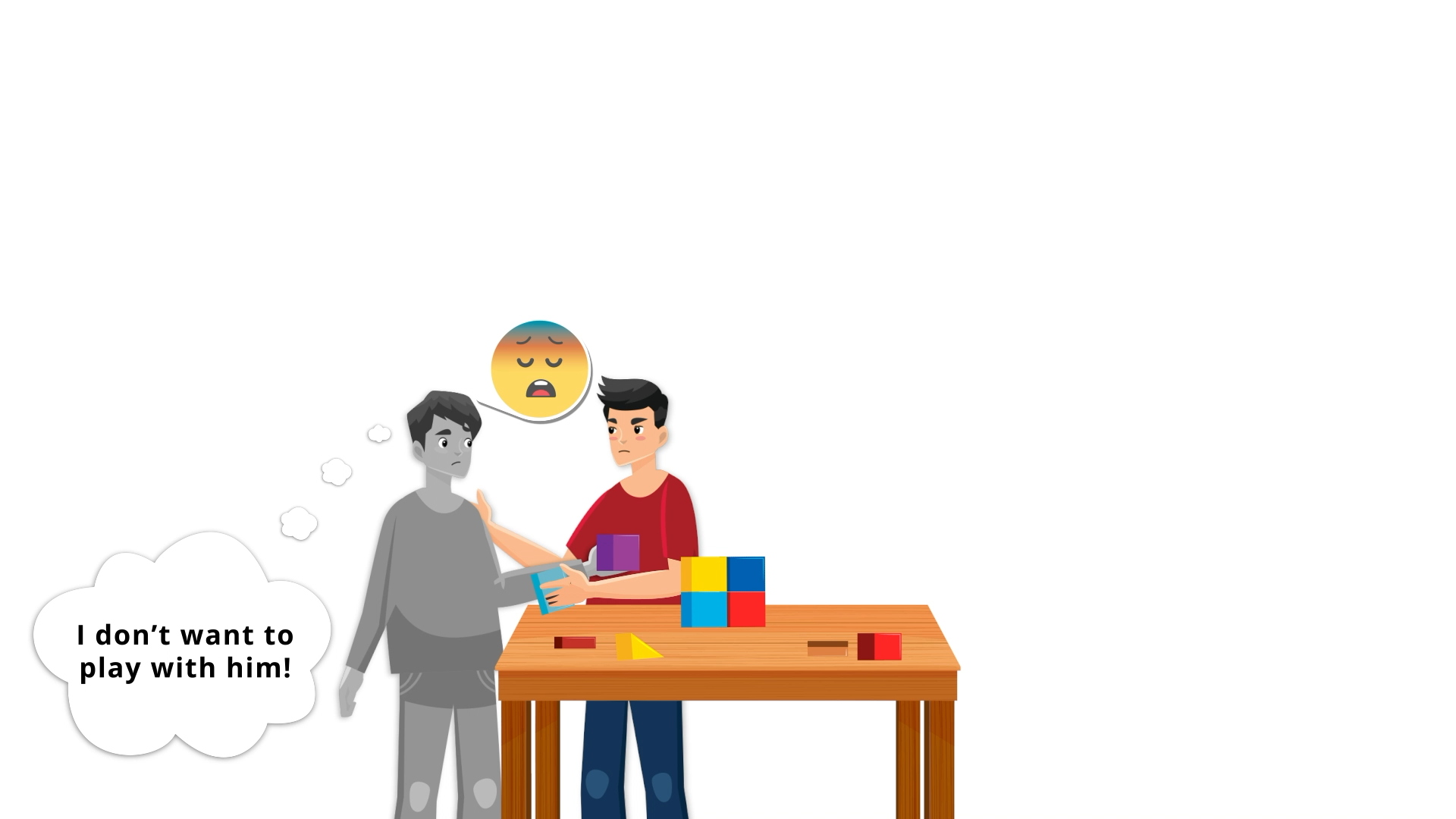
Introduction
As educators, it is important to teach our PreK students the value of having safe hands and safe feet. This concept helps children understand that their actions have an impact on others and can contribute to a positive and safe environment for everyone. By instilling these values early on, we can foster a sense of empathy, self-awareness, and responsible decision-making in our young learners. In this blog post, we will discuss an easy, no-prep activity to help teach this skill, provide discussion questions to further engage students, and suggest related skills to support their development.
No-Prep Activity: Safe Hands, Safe Feet Freeze Dance
This activity is a fun and engaging way to help children practice using safe hands and safe feet. It requires no preparation or materials from the educator. Here’s how it works:
- Have the children stand in a circle or a designated area with enough space to move around.
- Explain that they will be dancing and moving to music, but they must keep their hands and feet safe at all times. This means no hitting, pushing, kicking, or taking things from others without asking.
- Play music and encourage the children to dance, jump, and move around while keeping their hands and feet safe.
- Periodically pause the music and have the children freeze in place. Check to make sure everyone is using safe hands and safe feet.
- Resume the music and continue the activity for a few rounds, praising the children for their safe behavior.
This activity not only helps children practice using safe hands and safe feet but also reinforces self-regulation and self-control when they must freeze in place.
Discussion Questions
- Why is it important to have safe hands and safe feet around others?
- What are some examples of safe ways to use our hands and feet?
- How do you feel when someone uses unsafe hands or feet around you?
- What can you do if you feel like you want to use unsafe hands or feet?
- How can we help each other remember to use safe hands and safe feet?
Related Skills
Beyond safe hands and safe feet, there are other skills that can contribute to a positive learning environment and support the principles of Social-Emotional Learning. Some related skills to explore with your PreK students include:
- Sharing and taking turns
- Listening to others
- Respecting personal space
- Expressing emotions in a healthy way
- Problem-solving and conflict resolution
Next Steps
Teaching the importance of safe hands and safe feet is just one step in fostering a positive and respectful environment for your PreK students. To further support their Social-Emotional Learning journey, we encourage you to explore additional resources and activities. To get started, sign up for free samples of skill-building materials and resources at Everyday Speech. These resources can help you create a comprehensive and engaging curriculum that supports the development of your students’ social and emotional well-being.

